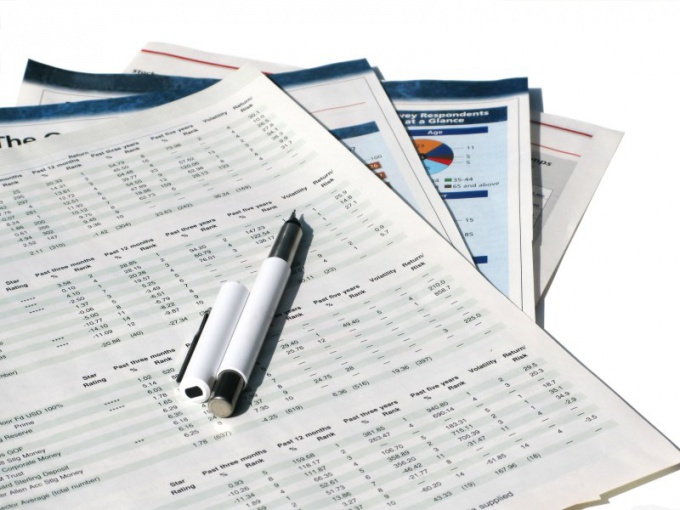Instruction
1
Conduct market analysis, review the balance of supply and demand for similar products in your area. Determine the average market price, the average speed of the turnover of goods, the approximate rate of return. Based on the study data, it is possible with sufficient confidence to determine whether the point of selling this product or not.
2
Try to identify the target audience, i.e., make a conclusion as to what type of buyers will purchase your product. It depends on many factors, primarily age and financial well-being potential customers, and on the location of your store. For example, if you sell food products, but your store is located in a residential area, where most of the population – people of modest means, it is hardly necessary to offer them delicacies from the category of higher price category. But in the center where live more than wealthy people, where there are many offices established firms, such goods may find demand.
3
Possible survey of potential consumers. Print questionnaires and distribute them among your customers, and also other stores located in your area. May distribute these worksheets among employees of enterprises, institutions with the request to fill and leave at the entrance. Try to keep the list of questions was short (not to bore and not to irritate a potential customer), yet exhaustive. The results of the study answers, you can make more or less objective picture of consumer demand and to make a conclusion: whether to engage in the sale of this group of products, or the probability that they will not find demand.
4
If you have a network of dealer distributors, you can give them small quantities of goods for sale, and see how trade goes. The goods will be sold out quickly – it makes sense to do it on a larger scale. Well, if it stale – hardly worth making a bet on it.
